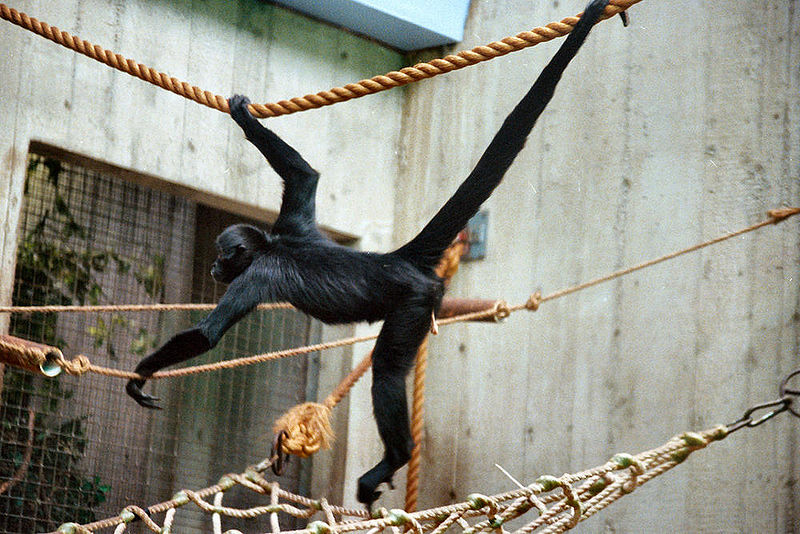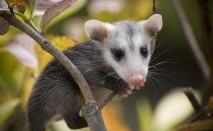
Category: Mammals

The black-headed spider monkey is an arboreal, diurnal species of primate native to Central and South America (New World monkey). Spider monkeys tend to travel and forage in the upper levels of the forest – when travelling they spend much more time hanging and swinging by their arms (brachiation) than they do walking or running on all fours. Fruit makes up the bulk of their diet, followed by other types of vegetable matter, honey, and occasionally insects such as termites and ants.

The Opossum Ain’t Playing
Many people associate playing dead with the opossum - that’s where the term “playing opossum” comes from, after all. But something you might not know is that when an opossum feigns death, it really goes all out! Not content with merely closing its eyes and laying down, the opossum begins drooling profusely as if ill or even rabid, releases a putrid, greenish fluid from its anal glands that makes it smell like a decaying corpse, and after losing consciousness may even mimic rigor mortis! This is quite the elaborate routine, but it isn’t conscious: when an opossum plays dead, it has actually gone into shock due to stress.
Learn more >>
 Discover Animals is a web-based educational resource offered by the NAIA
Discover Animals is a web-based educational resource offered by the NAIA